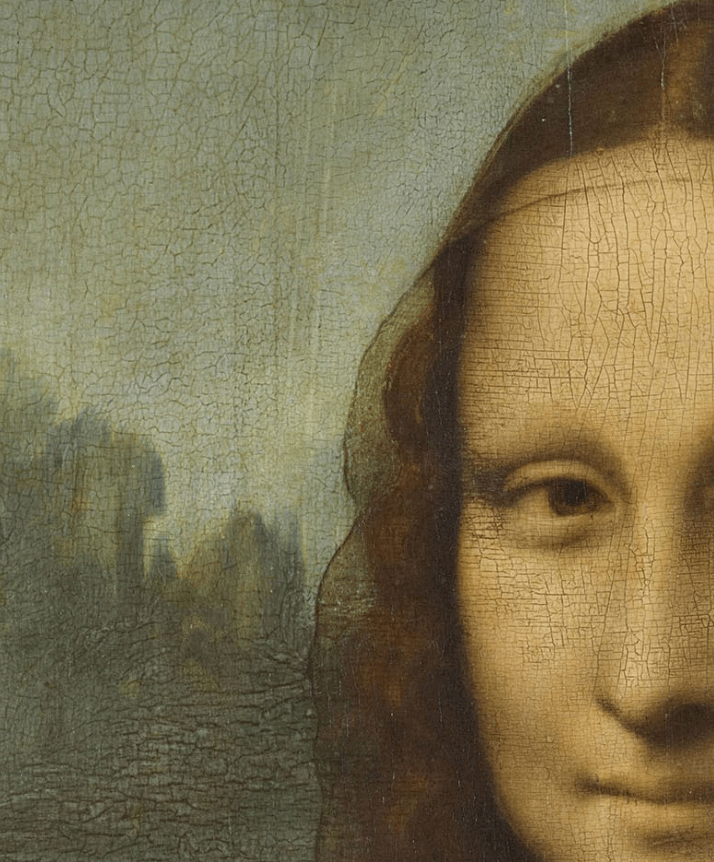Malevich and Chagall
- Slava Prakhiy

- Mar 8, 2021
- 1 min read
Kazimir Malevich arrived in Vitebsk in October of 1919 to teach at the People’s Art Academy, established by Marc Chagall a year earlier. By this time, Malevich was a well-recognised and respected figure in contemporary art world of the young Soviet state so Chagall was initially pretty happy to see him there. Chagall saw Malevich’s Suprematism as a forward-thinking, modern movement that would allow his students to expand their creative vocabulary and introduce them to new art influences. It turns out that he greatly underestimated Malevich’s ability to influence and inspire people. His charismatic and powerful personality was intoxicating and difficult to resist.
⠀
In a period of just a few months, most of the students of the People’s Art Academy become fervent and devoted followers of Malevich and the Suprematism movement. Rather than just being one of the contemporary movements that Chagall wished to teach as part of the curriculum, Suprematism becomes an overarching and all-encompassing philosophy of the school. Chagall’s style, on the other hand, is now considered outdated and retrograde by Malevich’s followers.
⠀
In January 1920 the school is renamed MOLPOSNOVIS (Young Followers of the New Art ), the word “young” is quickly dropped and the name becomes POSNOVIS (Followers of the New Art) and finally, aptly reflecting Malevich’s self-confidence and drive, the abbreviation becomes UNOVIS (The Champions of the New Art).
⠀
On the 5th of June 1920, after the last of his students flip to Malevich’s camp, Marc Chagall departs Vitebsk forever.

Complex Presentiment: Half-Figure in a Yellow Shirt, circa 1932, oil on canvas, State Russian Museum, Saint Petersburg

Students and teachers of the UNOVIS group near a propaganda train, 1920, Vitebsk, Russia





Comentarios